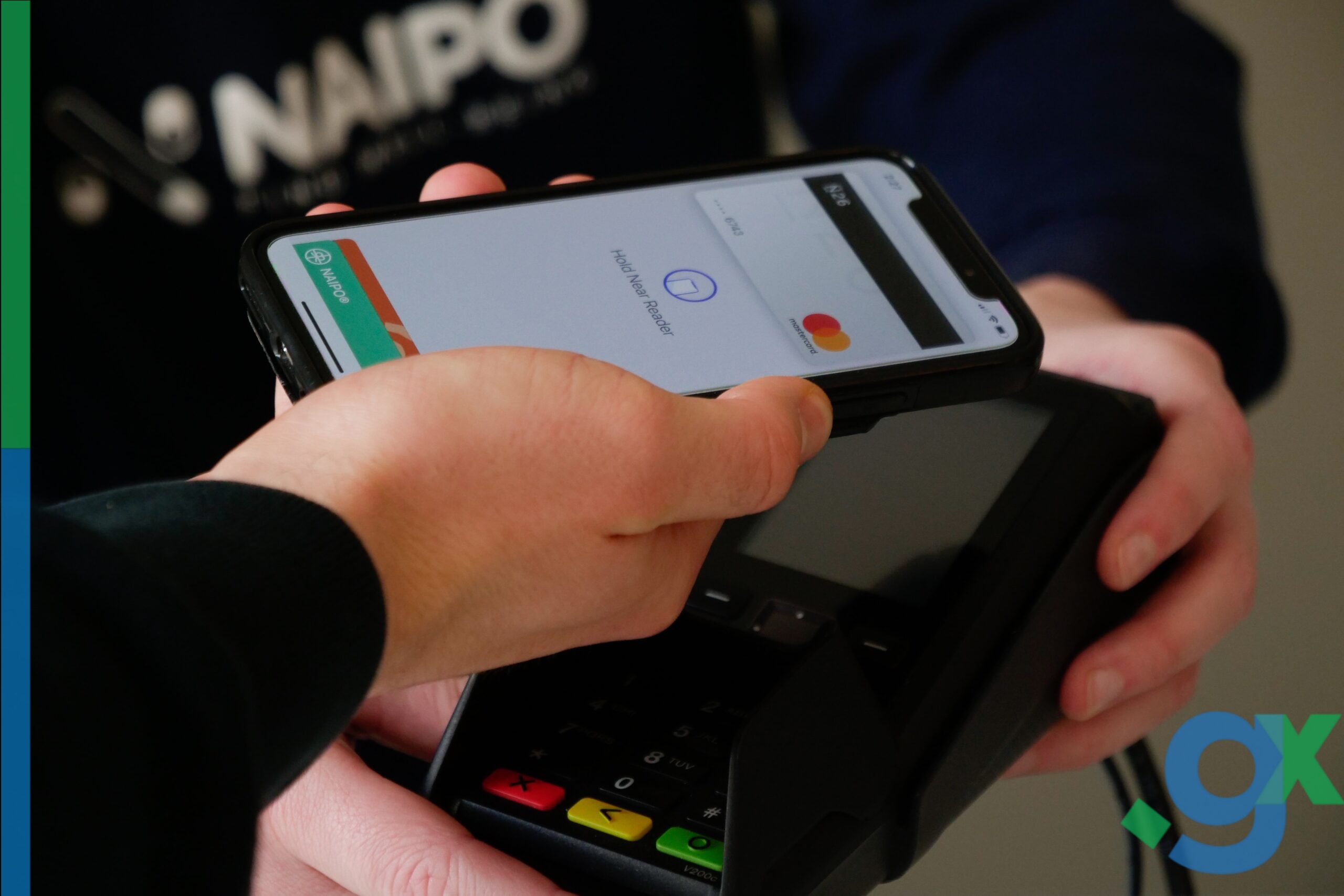Introduction
In this bog we will look at How to track payments and expenses with invoicing software
As a small business owner or freelancer, managing your finances can be challenging. Keeping track of invoices, expenses, and payments can quickly become overwhelming. However, with the right invoicing software, you can easily stay on top of your finances and avoid any financial mismanagement.
Invoicing software not only allows you to send professional-looking invoices to your clients, but it also helps you keep track of your expenses, payments, and overall financial health.
Choose the Right Invoicing Software
The first step to tracking payments and expenses is to choose the right invoicing software. There are several options available, so it’s important to consider your specific needs and budget.
Some of the most popular invoicing software include FreshBooks, QuickBooks, and Zoho Invoice. These tools offer various features and pricing plans, so you can find one that best fits your needs.
- Set Up Your Invoicing Software
Once you’ve chosen your invoicing software, the next step is to set it up. This includes adding your business information, such as your company name, logo, and contact information. You’ll also want to add your payment terms, such as payment due date and late fees.
In addition to setting up your invoicing software, you’ll want to set up payment gateways to accept online payments. Most invoicing software integrates with popular payment gateways like PayPal, Stripe, and Square.
- Create Invoices
Now that your invoicing software is set up, you can start creating invoices. With most invoicing software, you can create custom invoice templates with your logo, colors, and branding. This helps your invoices look more professional and consistent.
When creating an invoice, you’ll want to include the following information:
- Client information: Include your client’s name, address, and contact information.
- Invoice date: Include the date you’re sending the invoice.
- Invoice number: Assign a unique invoice number for each invoice.
- Itemized list of goods or services provided: List each item with a description, quantity, and price.
- Payment terms: Include the payment due date and any late fees.
- Payment options: Include payment options, such as online payment gateways or bank transfers.
Once you’ve created an invoice, you can send it to your client via email directly from the invoicing software.
- Track Expenses
In addition to tracking payments, invoicing software also allows you to track expenses. This includes adding your business expenses, such as office rent, supplies, and travel expenses.
To track expenses, you’ll want to categorize them by type, such as rent, utilities, or travel expenses. This helps you keep track of your spending and make informed decisions about your business finances.
Most invoicing software allows you to upload receipts and attach them to each expense. This helps you keep track of your receipts and organize them for tax purposes.
- Monitor Payment Status
Once you’ve sent an invoice, you’ll want to monitor its payment status. Invoicing software allows you to track payments and see when an invoice has been paid, partially paid, or overdue.
You can also set up automatic payment reminders to remind clients of upcoming due dates. This helps you avoid late payments and reduce the need for follow-up emails or calls.
- Generate Reports
Invoicing software also allows you to generate financial reports. This includes reports on your income, expenses, and overall financial health.
By generating reports, you can gain insights into your business finances and make informed decisions. For example, you can see which services or products are generating the most revenue, or identify areas where you may be overspending.
CONCLUSION
Choosing between manual invoicing and invoicing software depends on the specific needs and circumstances of your business. If you are a small business with a limited budget, manual invoicing may be the better option as it is affordable and straightforward to use. However, if you have a large customer base or complex invoicing needs, invoicing software can save you a significant amount of time and effort.
Invoicing software offers several advantages over manual invoicing, such as automated reminders, payment tracking, and reporting, which can help businesses manage their invoicing more effectively. Invoicing software is also less prone to errors and inconsistencies
Read about our post on The role of fintech companies in financial inclusion in India here.
Signup now for Free and enjoy unlimited Quotations & Invoices at www.blog.groflex.in




